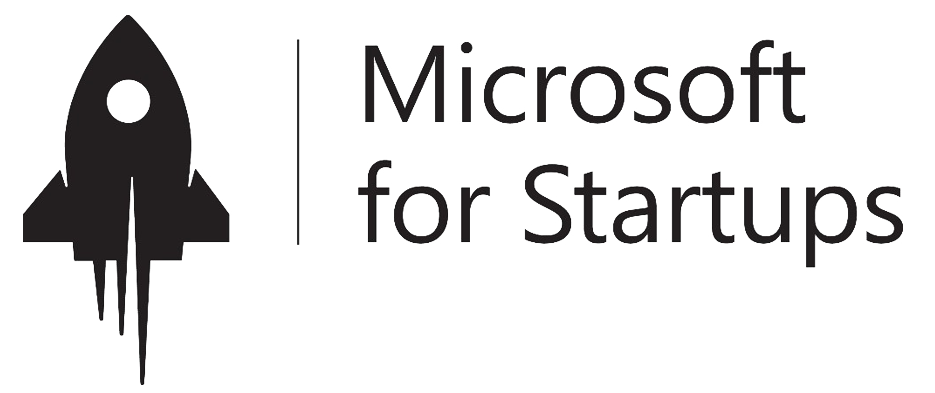The 8D Method – how to easily solve your problems?
No matter what type of problem you are facing, the 8D Method will help you find a suitable solution.
This method works as a team, since it requires all employees to share their expertise and experience. Moreover, thanks to the 8D method, you will understand the reasons for the problem, which will allow you to face it again.
The 8D method is divided, as its name suggests, into 8 steps
1) Initiate the movement
1.1 – Defining a working group
For this step, you need to select collaborators based on their past experience, their expertise in the problem to be addressed, the time they will be available for the project and their ability to work as a team.
The size of the group depends on the difficulty and nature of the problem. All company functions must be mobilized in the case of a cross-functional project.
A facilitator must be selected. His/her function will be to facilitate the taking of the floor and decision-making within the group. This person will not be responsible for the project and final decisions.
The facilitator is not always embodied by the same person, in order to make all participants responsible.
1.2 – Methodology
This must be defined quickly and understood by all. It will be used to guide the project and to analyse what works and what needs to be rectified.
To help you set up your methodology, you can think about the 5W+2 (Who, What, When, Where, Where, Why, How, How much). Thanks to this, you will be able to build your methodology efficiently.
2) Describe the problem
In this step, you need to clearly explain the problem, without omitting any information. It is also important to state how the problem affects your business and what can happen if you do not deal with it effectively.
All the information you have about your problem should be listed to avoid withholding information.
Who discovered the problem?
When was it discovered? Where did it happen? In what condition?
Will there be a crisis communication to manage?
What is the impact of the problem?
3) Correction of the problem
At this stage, there is no longer any need to think about the causes of the problem; a solution must be found. In the most urgent cases, you can go directly to this step before the final constitution of the working group.
This step helps you to contain the problem for some time and to provide answers to your customers and/or users.
4) Analyse the real causes of the problem
During this step, it is important that you understand the source of the problem to prevent it from happening again.
Analyzing the situation is very important because it allows you to know the real reasons for the problem. To discover the causes of your problem, you can list all the possible reasons, they must all be analyzed, without exception. To do so, you can delegate one reason per team member, this way you will move forward more quickly.
Once this work has been done, you must now prioritize the causes of the problem by level of severity.
5) Define and carry out corrective actions
Tell yourself that it’s complicated to solve a problem with one action and at the first attempt. Also, think of several action plans and how they will unfold.
List the actions to be taken
Define the deadlines for each of them.
Choose the criteria for verifying the effectiveness of a given action.
Implement your action plan
Check the effectiveness of the actions carried out
Always remember to keep a summary of what has been done and the impact of each action in terms of solving the problem.
6) Measuring the effectiveness of actions
Once you have set up your action plan, it is important to measure its effectiveness. Also, set up performance indicators such as objectives to be reached, customer satisfaction progression or other parameters that will help you evaluate the effectiveness of your plan!
7) Standardize actions
Once the solution has been found, you need to think about deploying the action plan to all the departments and/or divisions that make up your company.
Also think about updating the actions to keep employees informed! To do this, you can use Cocoom!
8) Thank the participating employees
Once the problem has been solved, it is essential to thank the collaborators who participated in the resolution of the problem. Indeed, they helped the company to move beyond a complication, a thank you is the least you can do!
You can also ask them to provide a very small report to find out what they learned from the experience.
How Cocoom can help you with the 8D Method!
All the steps of the 8D method can be set up on your Cocoom and you can create an “8D” template that will allow you to quickly use this method if needed! You will also be able to celebrate your victories in the short term, once the problem is overcome, by creating an event with your collaborators.
Another way to do this can be to create a new thread and make a template for each step of the 8D method on your Cocoom!





